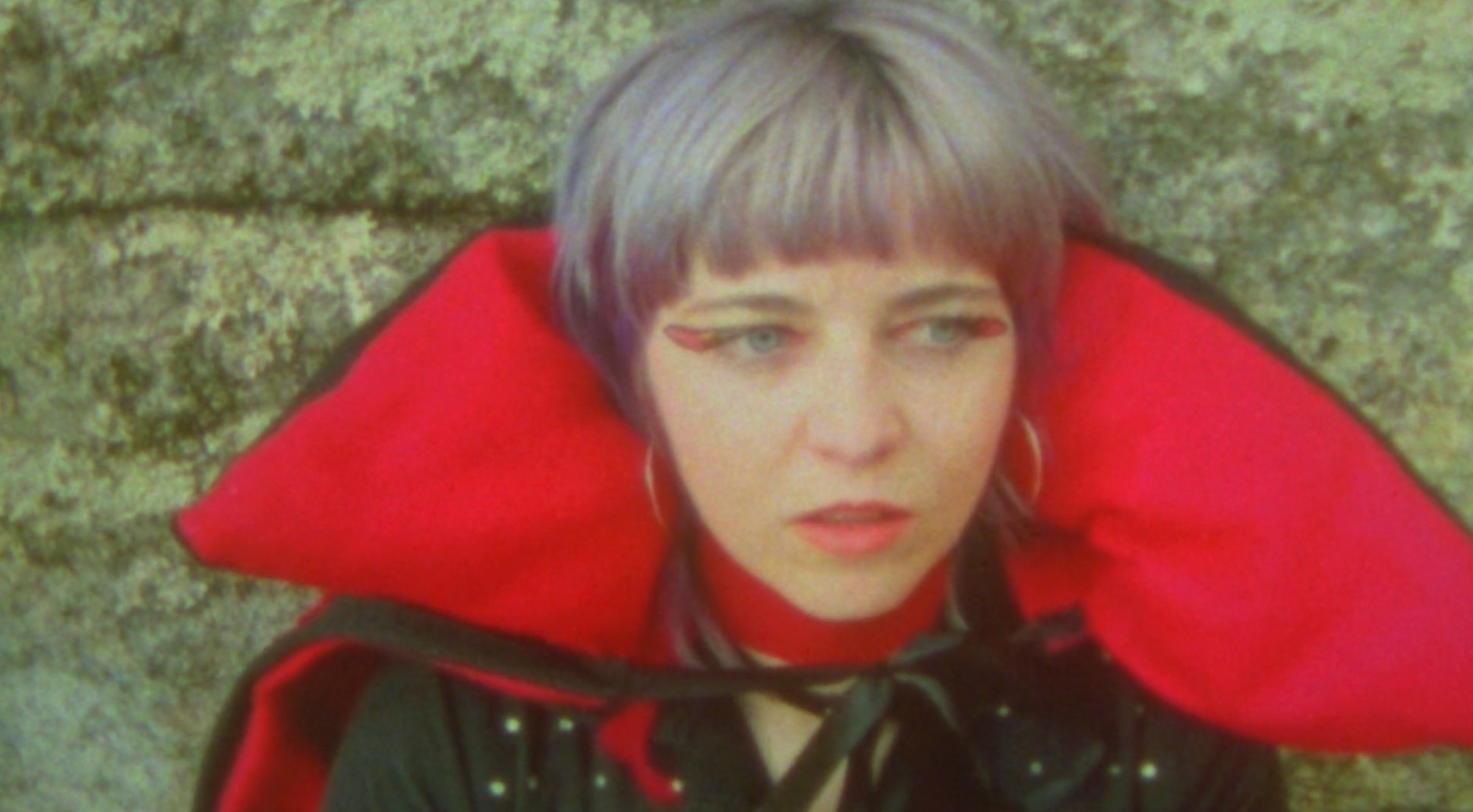SOGNO ROSSO
dir. Coco Roy

Coco Roy’s short film Sogno Rosso asks questions rather than answers them. It evades clear narrative in favor of nonlinear sequencing, quick cuts, no dialogue, and superimposed camera shorts. The film follows a set of witches as they haunt the narrator’s mind, running through the forest and drowning in a lake. Sogno Rosso translates to “dreams in red,” and, indeed, it’s surreal, uncanny, and very red.
As with many surrealist films, Sogno Rosso experiments with alternate senses of temporality, favoring psychological (or private) time over public time. In The Culture of Time and Space, Stephen Kern traces the evolution of standard time, distinguishing between “public” and “private” time. Public time is that which is measurable in days, minutes, hours. It was socially constructed around human rituals and activities in order to organize human life. On the other hand, private time is that which is relative to each person and bound by no rules. Due to the seamlessness or “stream” within which consciousness exists, there is no sense of public time, as the mind can oscillate between memories from the past, thoughts about the future, and the fixation of the present. The mind can condense time, replay the past, imagine the future in such a way that creates a “psychological time.”
The non-narrative structure of Sogno Rosso accurately represents the experience and processing of grief through psychological time. Freud posits that which is repressed is repeated rather than remembered. The film explores this sort of imprinted memory and entrapment in the traumatic experience with the repetition of water imagery. Sometimes the water is a lake, a drink, a symbol of purification; other times, it is the marker of death.
Instead of structuring the film through distinct scenes, Ray chooses to let it play out in fragments. Shots overlap each other such that two different things are often happening simultaneously. In the beginning of the film, there is a shot of a lake superimposed on two pairs of hands moving a transparent sheet up and down. This shot is returned to at the end of the film, with one key difference: This time a dead body floats in the lake. By bookending the film with these shots, it takes on a sense of circular temporality that mirrors psychological time.
At a different point in the film, someone pours a bottle of water into a chalice. In another shot, a woman dangles her fingers over a lit candle and brushes them through her hair. When these clips are superimposed, it appears that the woman is positioned in the center of the chalice and that the water is pouring over her, almost as if she is bathing in it. In this instance, water is a source of cleanliness and life. In other parts of the film, water is a site of death. The uncanny image of the water simultaneously foreshadows and flashes back in time so that we experience the film the way the narrator experiences grief. Though often called “surreal,” this is perhaps the closest depiction to how our unconscious works. Our mind follows no coherent narrative, and emotions have no sense of time. In this film, grief is not a set of stages we can progress through, nor is it something that can be clearly defined at all; grief is a return to an image.
Lexi Franciszkowicz is a teacher in Chicago.
